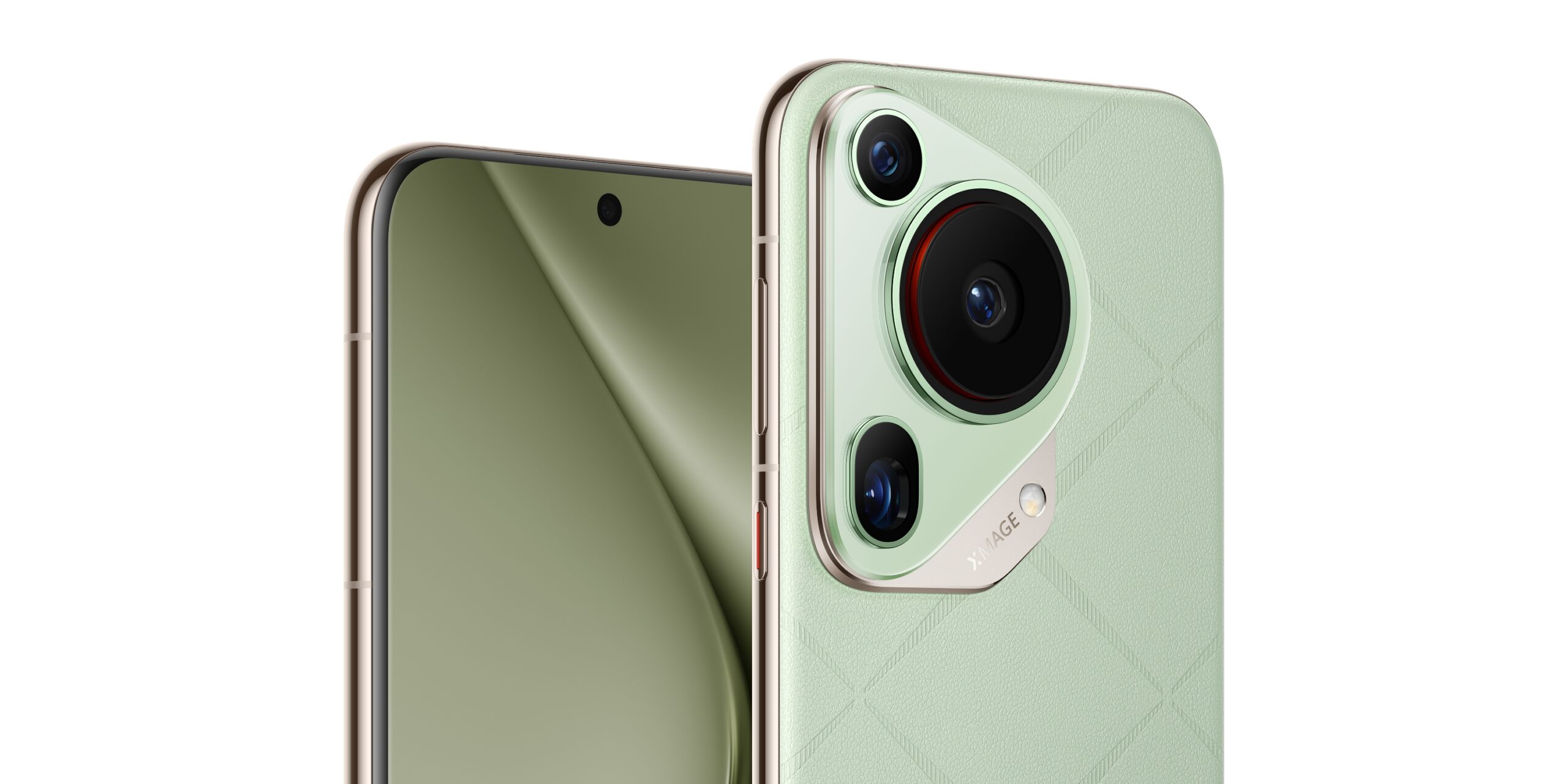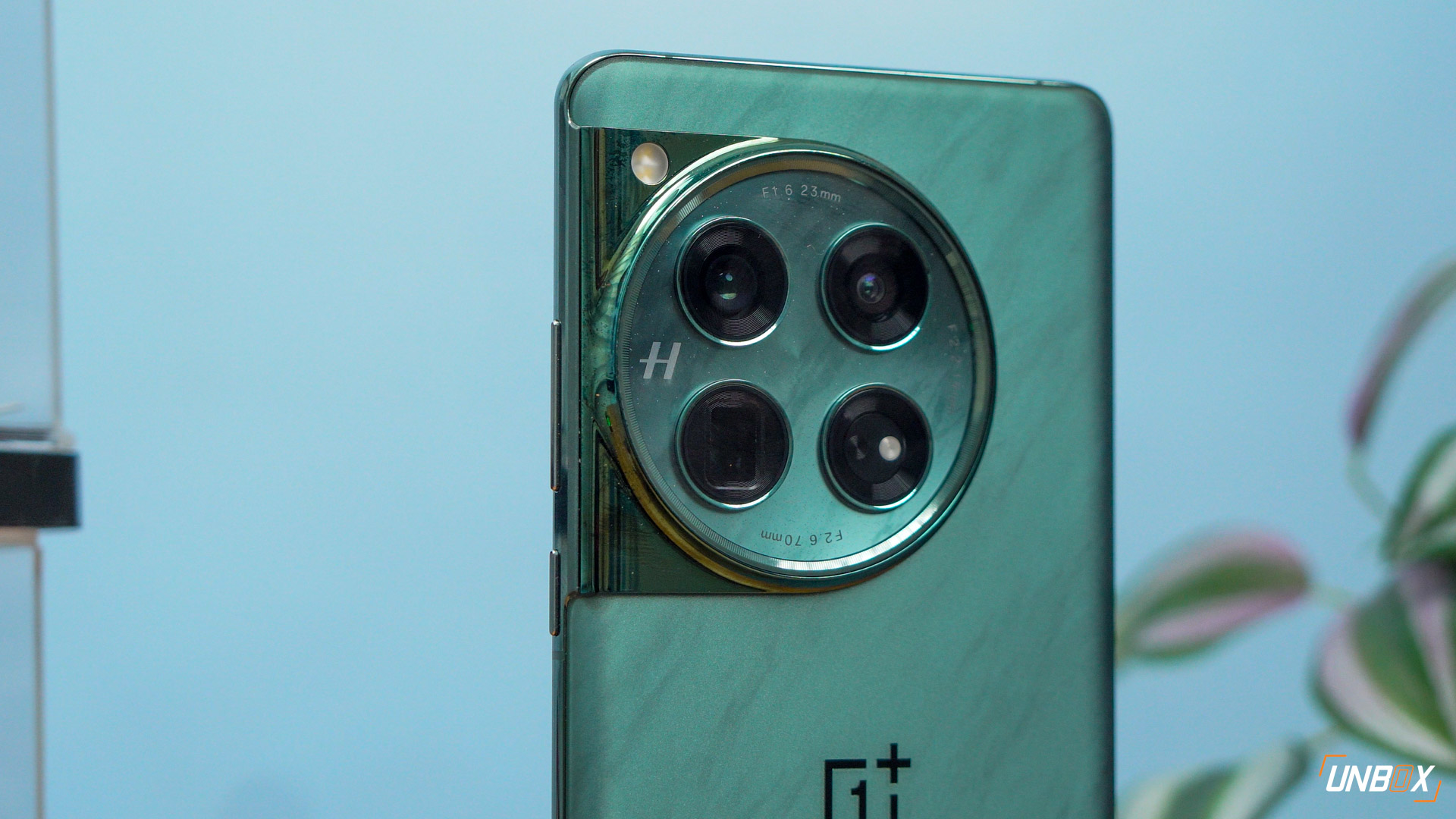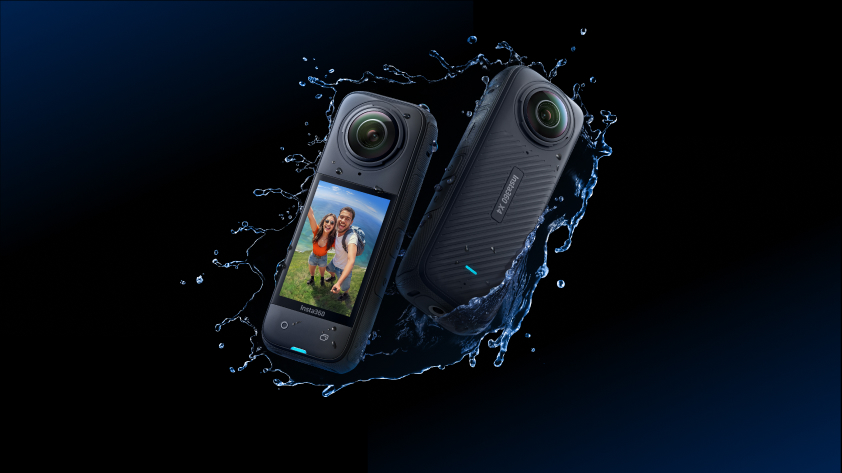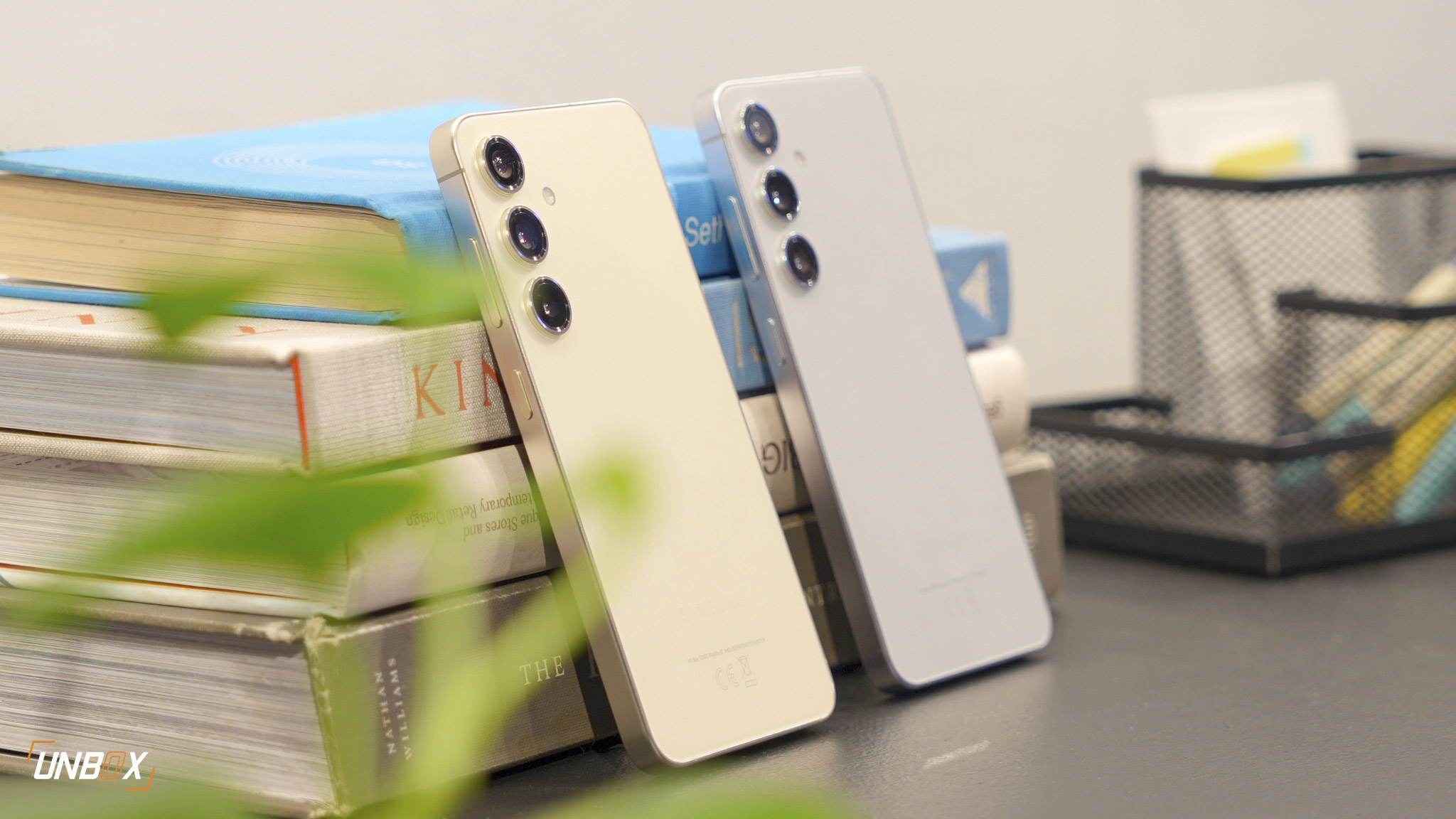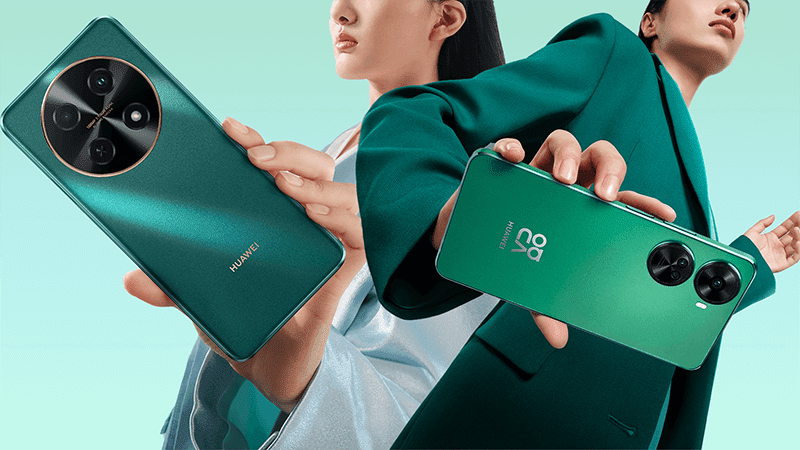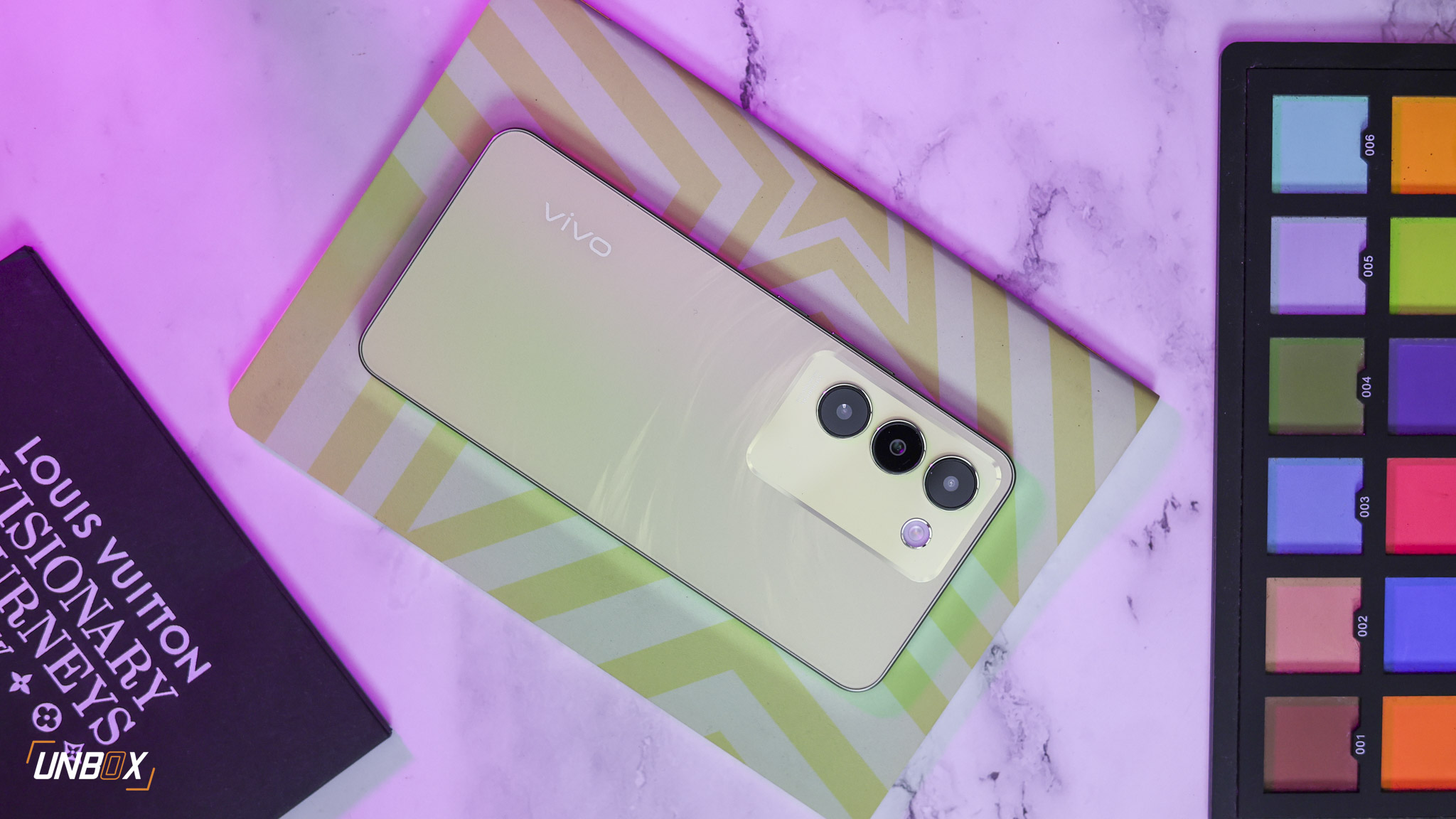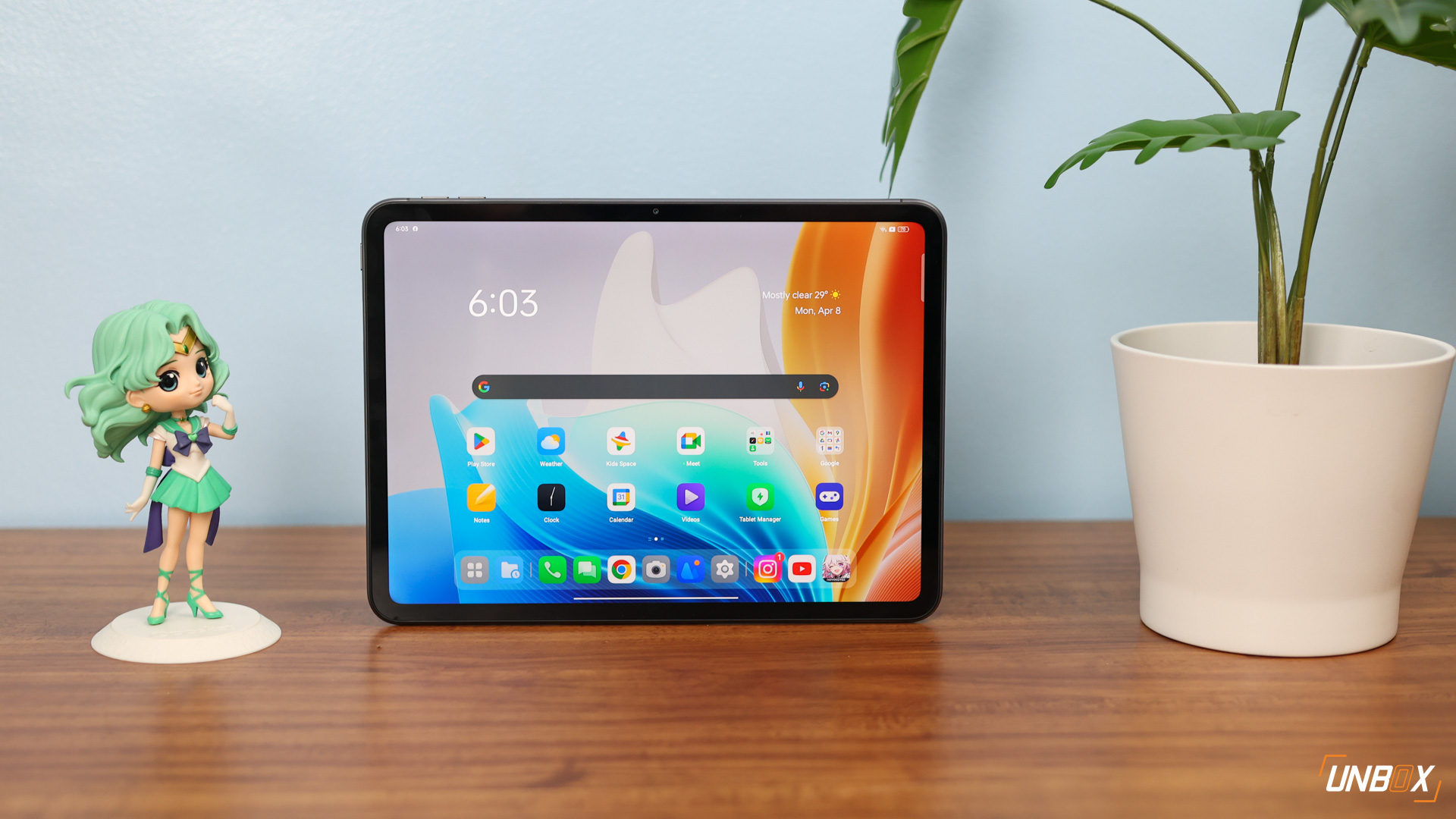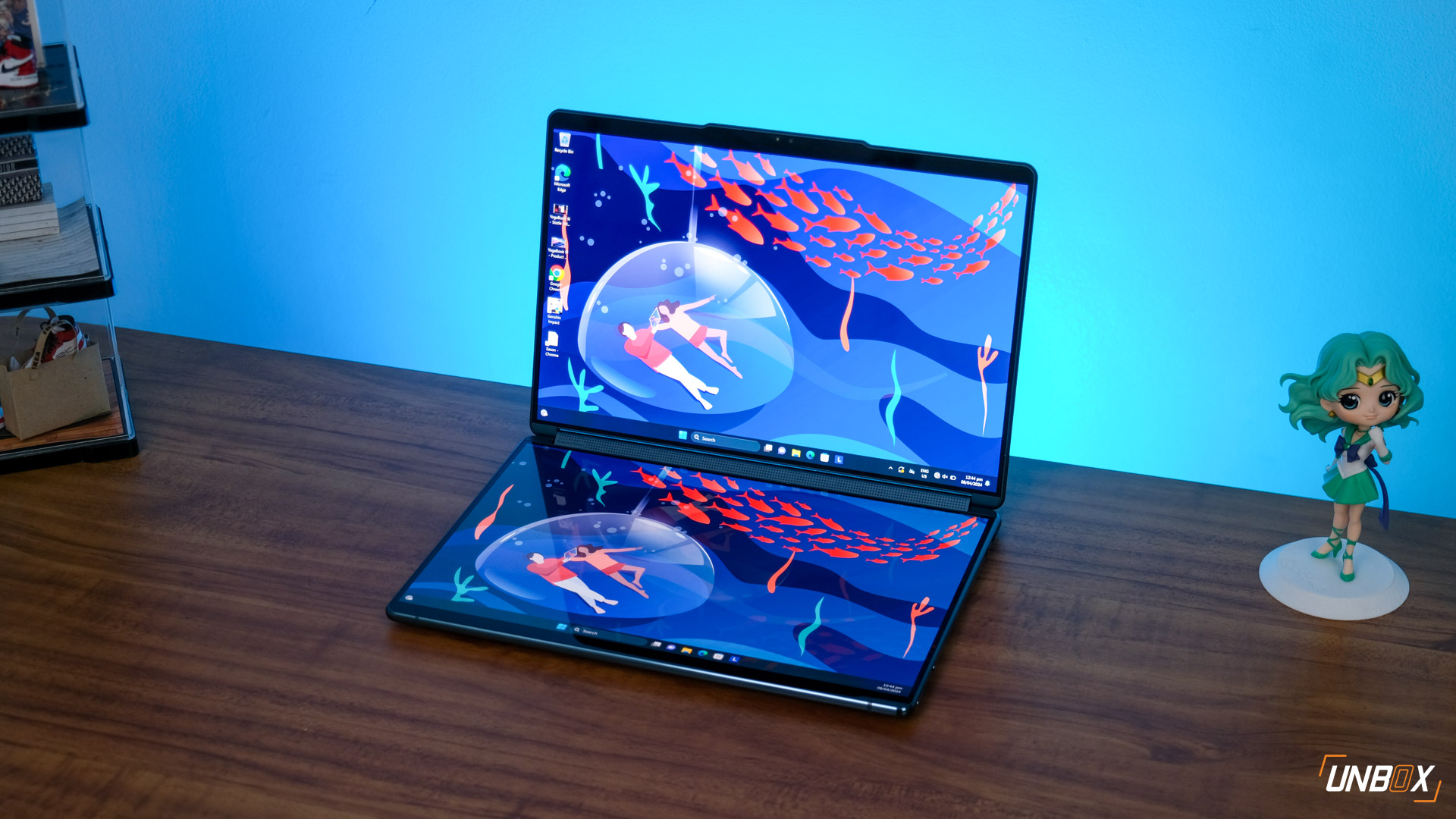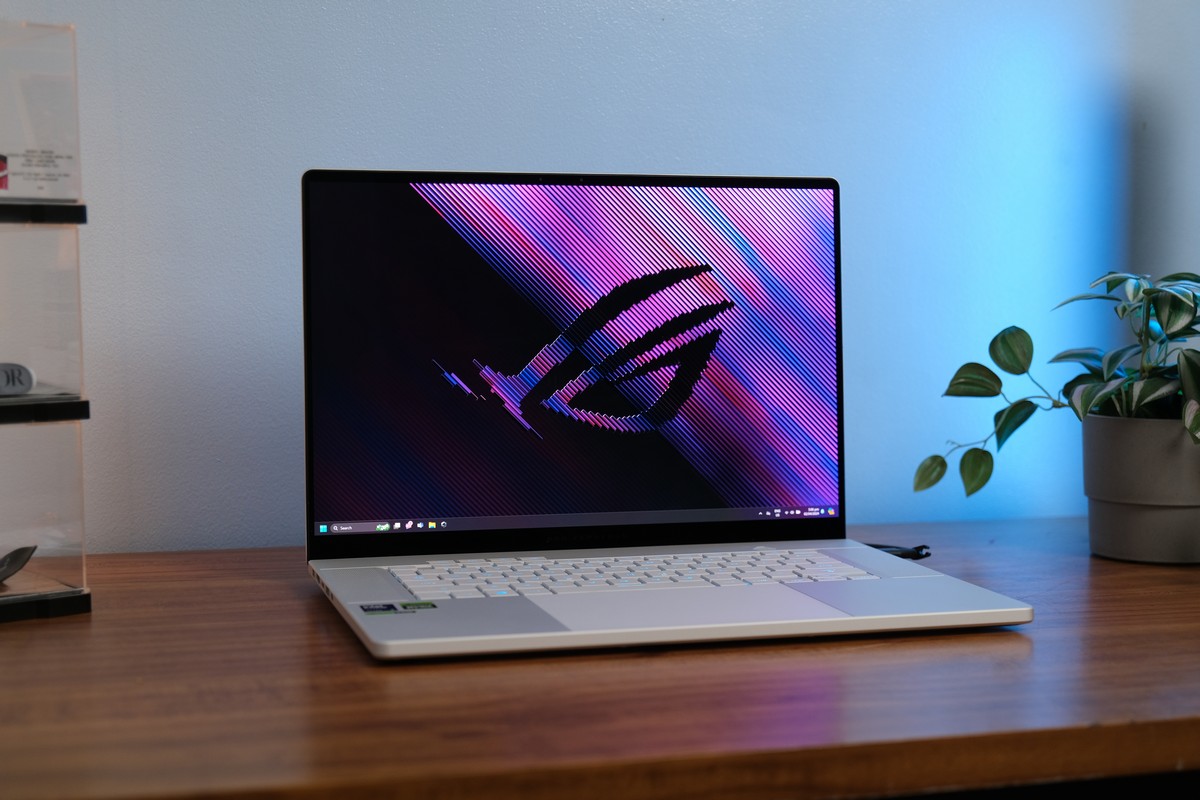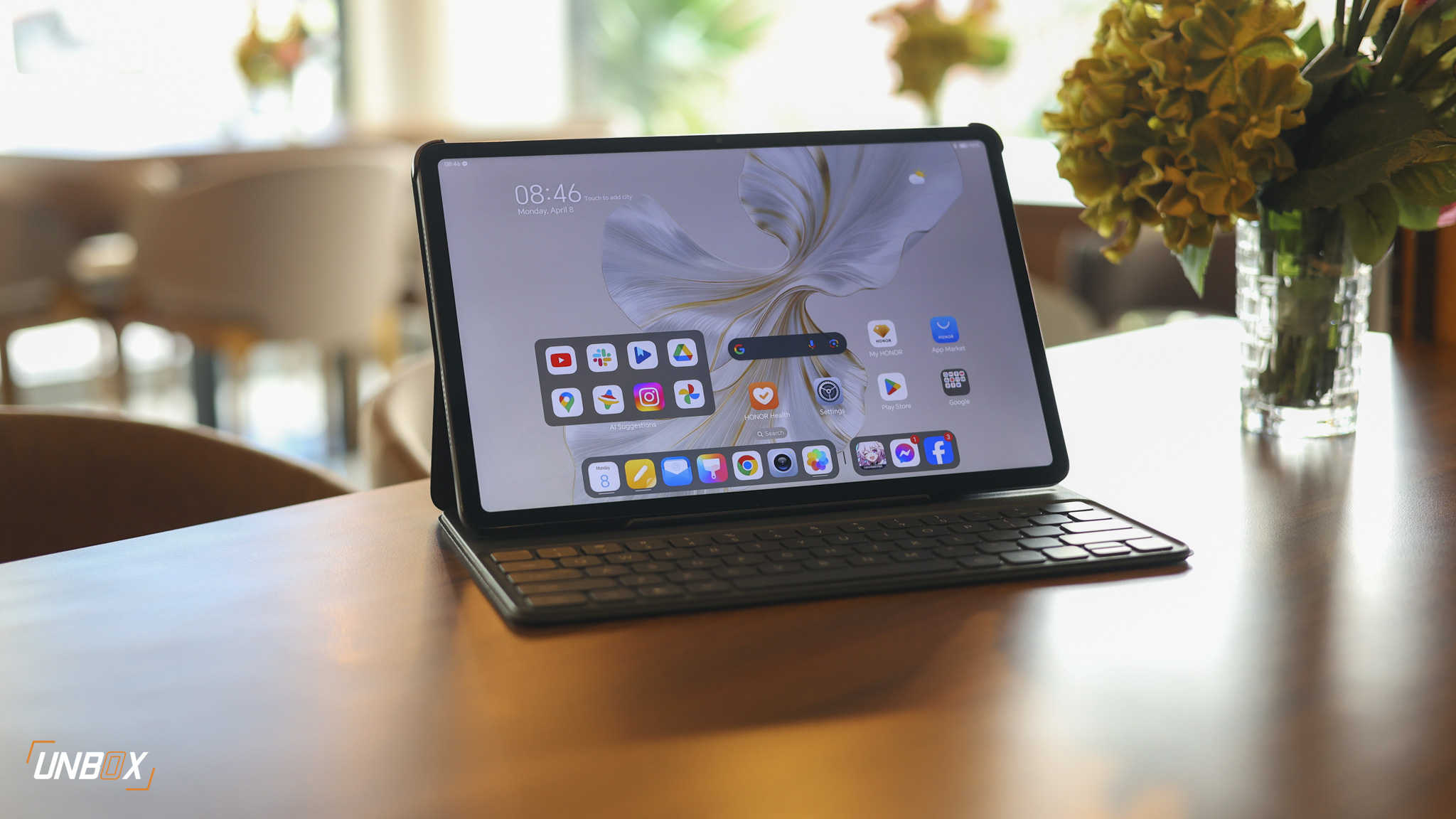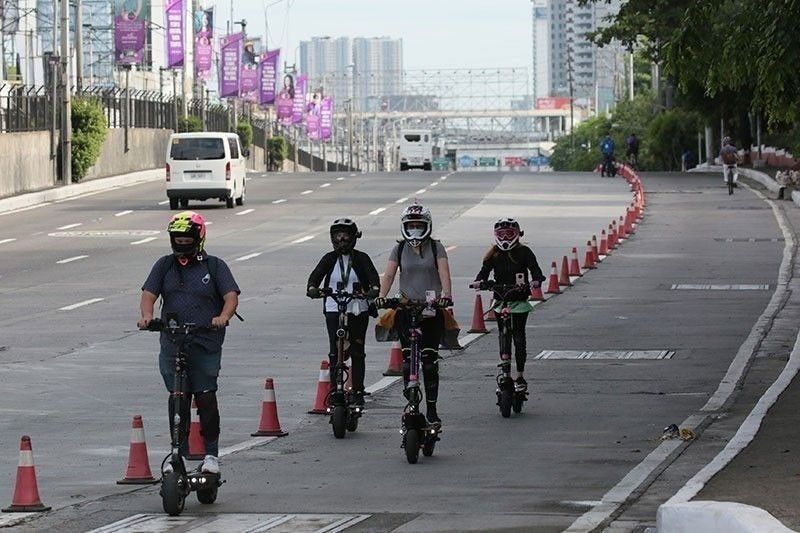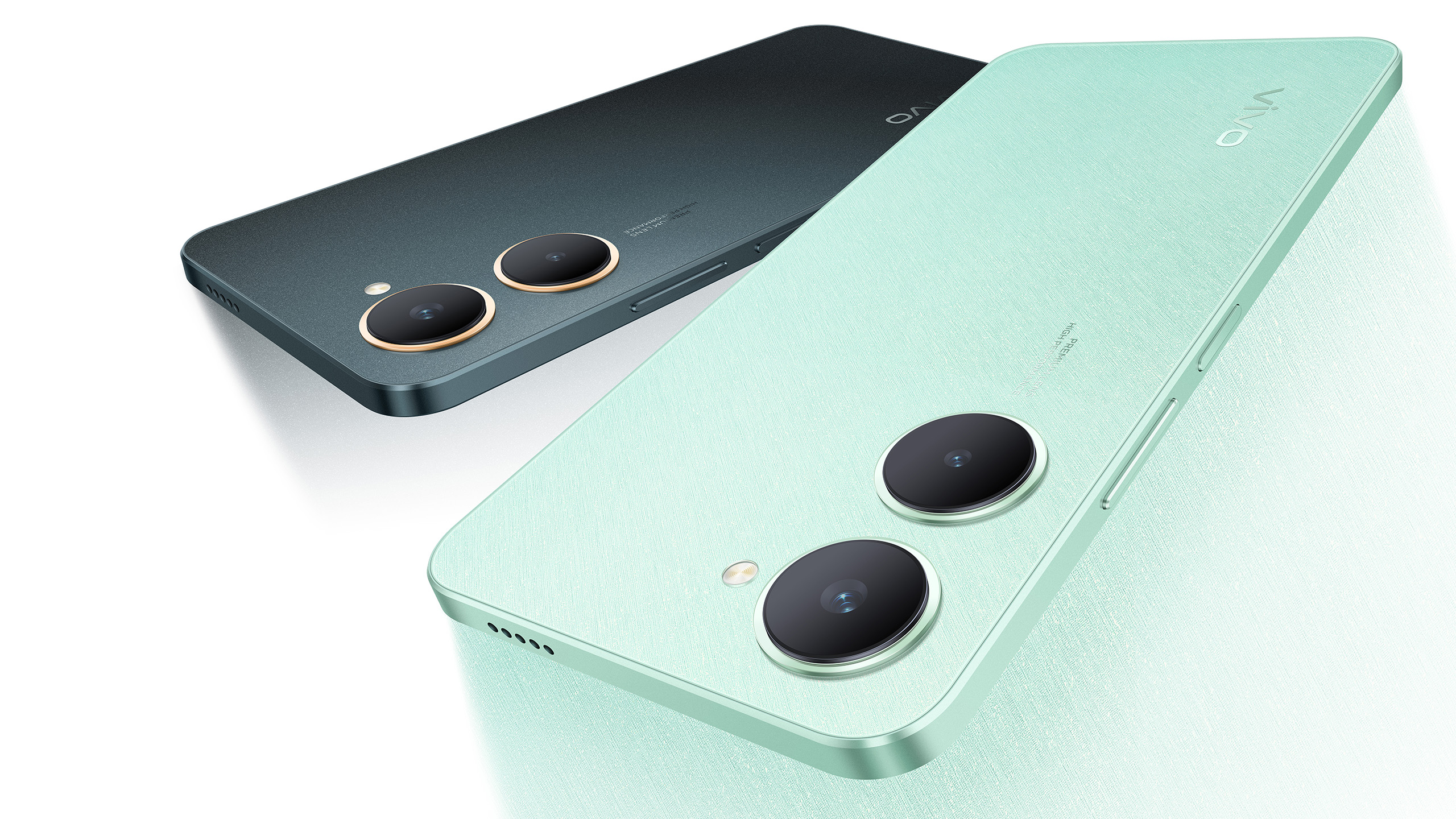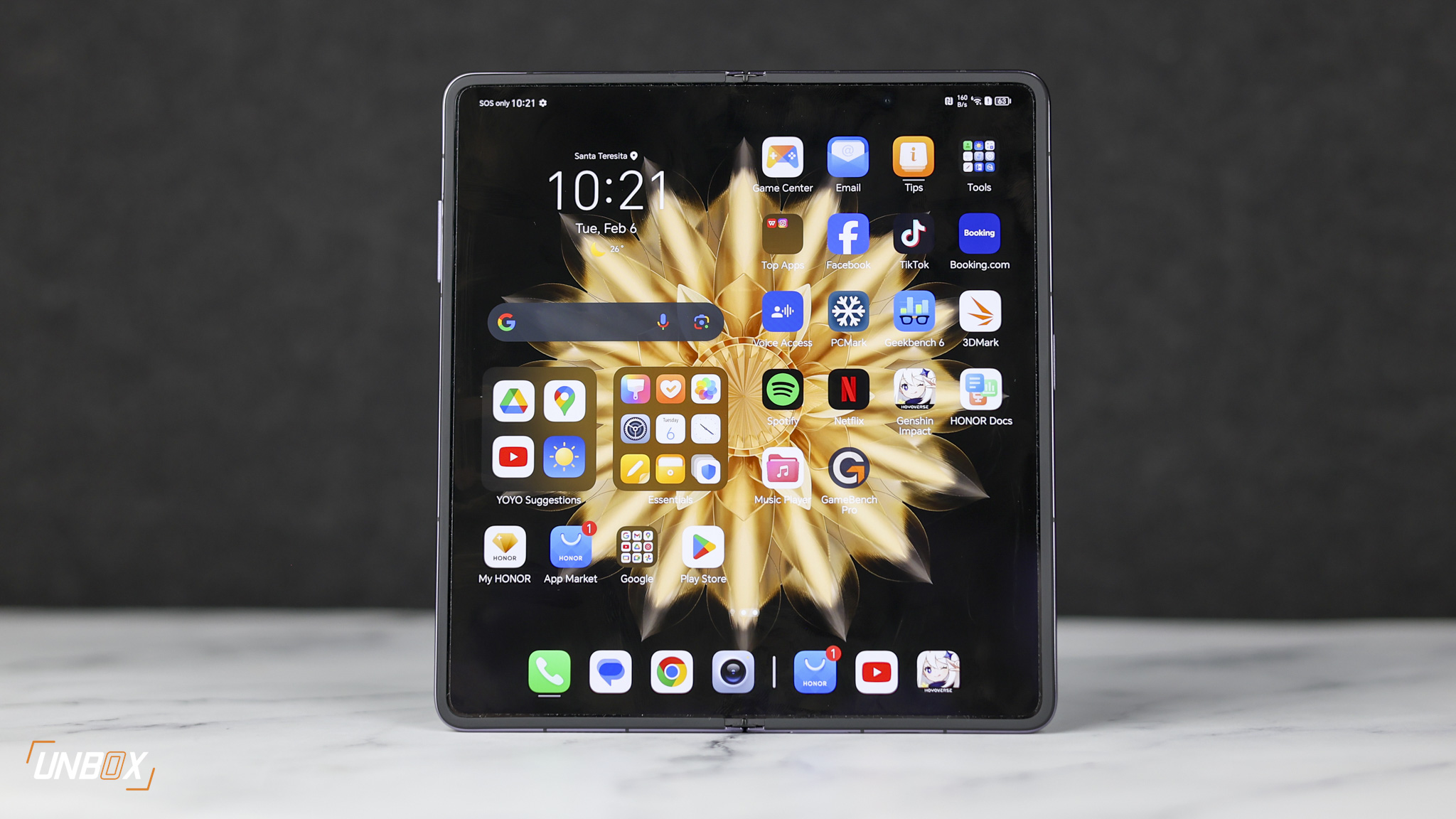Upping Their Selfie Game
It’s 2018 and, while we’ve been introduced to new trends in mobile devices, people are still in the market for selfie-centric smartphones. As we all know, evident by the sea of blue and green polo shirts at malls, two sister companies have been going at it to see which brand can carve out a bigger slice in the pie. Today, vivo is launching their entrant in 2018 — the vivo V9 — promising higher quality self-portraits but is it worth your consideration? Let’s find out in this full review.
Vivo V9 Specifications
- 2.2GHz Qualcomm Snapdragon 626 octa-core processor
- Adreno 506 GPU
- 4GB of RAM
- 6.3-inch Full HD+ IPS Display; 1080 x 2280 resolution, 400 ppi
- 64GB of expandable storage
- 4G, LTE
- Dual SIM
- 16-megapixel + 5-megapixel rear camera, f/2.0 aperture, phase detection autofocus, 4K video, LED flash
- 24-megapixel front camera, f/2.0 aperture, AI beautification, Softlight flash
- WiFi, Bluetooth
- GPS, A-GPS, GLONASS
- Fingerprint scanner
- Facial recognition
- 3260mAh battery
- Android Oreo 8.1 with FunTouch OS 4.0

Clear Influences
Okay. Let’s get this out of the way because it’s pretty clear that people are going to be zooming in on this. Aesthetically, the phone is heavily influenced by the design cues brought about by the Essential Phone and, of course, the Apple iPhone X. Aside from the notch up in front, there are hints of it in the back as well with the orientation of the dual cameras. It’s hard to ignore the similarities but you’ve got really nice slim bezels on the device and we think that the aesthetic will grow on people.
Despite the similarities, the V9 still maintains certain aspects that make it a Vivo device. It’s familiar and almost like it’s predecessor with the pinstriped antenna lines on the top and bottom of the unibody build. It feels the same in the hand as well; almost maintaining the same dimensions as the V7+ despite gaining a little bit of screen real estate. The V9 is built primarily out of polycarbonate plastic and given a finish to make it appear metallic but the brand does provide a case out of the box to make sure that you get some form protection out of the box.
Since this is the first time you guys are getting a look at the device, let’s give you a bit of a tour of its button and port layout.
You’ll find the volume rocker and power button on the right side of the device.
Access to its triple slotted tray can be found on the left.
While the headphone jack, micro USB port, and speaker grille are found on the bottom. Yup, no USB C just yet and it’s a bit of a bummer.
You have the dual camera setup on the back of the device, which we will get to in a bit, but this is where you’ll find the fingerprint scanner as well. It unlocks the phone swiftly and accurately but you also have access to facial recognition too.
Yes, We Know, The Notch
Up in front, you have that 6-inch Full HD+ IPS display with a bit of extra real estate, thanks to that little cut out on top of the screen. While some of you may not like the notch, the added real estate definitely brings something to the table and the panel performs well with a good visual punch, great viewing angles, and just enough brightness for use in the summer sun. One initial complaint we had with the display is that the sides sometimes turn white when rotating into landscape mode to watch videos. The issue has since then been dealt with via an update sent to the device.
The audio game of the V9 is decent with just the right amount of volume and balanced highs and mids. There are a bit of lows there but if you really want it thumping, it’s best to plug in your headphones.
Enough Zip Despite Dated SoC
Under the hood of the Vivo V9 is a Qualcomm Snapdragon 626 processor with 4GB of RAM and 64GB of expandable storage. We would have wanted a 600 series processor that’s a little more current but it still performs adequately with enough muscle for daily use. We initially encountered a few bog downs when we first got the device out of the box, which was solved after an update was pushed a day later.
For gaming, of course, we tested out the device on the recently released PUBG mobile. The system defaulted to low and we definitely think that it’s the sweet spot for getting the smoothest frame rates. Games like NBA 2K18 should also be kept to a mix of low and medium to make it run smoothly but if you’re a fan of games like Arena of Valor you can push the graphics a little higher.
FunTouch Could Use More Updates
True to form, the Vivo V9 runs on the company’s FunTouch OS v4.0 with Android Oreo 8.1 as its base. It’s always had a similarity to iOS and we were expecting to add a few functionalities to the top part of the screen where you could slide on either side of the notch to bring up your notifications or the quick settings like other Android phones that utilize the aesthetic. Sadly, this was not the case and you still have to swipe up from the bottom to bring up the faux Command Center.
There’s also room for improvement to FunTouch OS and we certainly hope they push out more updates to handle the few quirks we’ve encountered so far.
Getting on the AI Beautification Bandwagon
As mentioned earlier, the vivo V9 has dual rear cameras at 16-megapixels plus a 5-megapixel depth sensor and the results from these pair of shooters are pretty good. Colors are a little more saturated but they don’t look too overly processed either. The portrait mode does a decent job of giving you that simulated depth of field with more hits than misses when comes to cutting you out of the background. There’s a fair amount of noise in low light situations but it isn’t too bad. While the rear cameras to a great job, the real story here is the devices front camera.
No dual camera setup here since that minuscule notch can only hide a few things. You have a 24-megapixel front camera for taking great selfies but this time vivo has jumped on the AI beautification craze so you don’t have to tweak your settings manually. The results are tame and the skin smoothening plus brightening doesn’t go overboard but you are losing a bit of sharpness. We’ll leave that up to you what you want to use but we definitely recommend go au naturale. You also have a portrait mode available to you when using the front camera and it does a good job of giving you software assisted bokeh as well.
Aside from straight up taking selfies, the V9 comes equipped with a group selfie mode which is similar to Samsung’s implementation and you also have some AR stickers as well. It’s not really groundbreaking and the implementation is similar to what you would get on Facebook but we have to admit their stickers collection is pretty darn cute.
More than a Day’s Worth of Juice
Powering the device is a 3260mAh battery. It has enough juice to last the whole day and get you through your commute home though you will have to make sure to charge the device once you get back home. Battery benchmark tests have it clock in a time of 8 hours and 54 minutes.
Verdict: Selfie Lovers Take Notice
The Vivo V9, and most devices that utilize a notch, will definitely be subject to a lot of criticism and I’m quite sure that some of you have already dismissed the device by following the current trend but the company’s focus on upping their selfie game each and every year pays off. While its software may need a bit more polish, the V9 performs rather well all around and the new additions give it a little bit more oomph.
It’s been given a price tag of Php 17,990 and at that price point, it’s facing a ton of competition from all the usual suspects and a certain brand that’s just recently returned as well. One thing we can be certain of though is that the initial shot has been fired for the Selfie Wars of 2018 and it’s a big one. If you are looking for a device that can take awesome seflies, the vivo v9 is well worth considering.






































